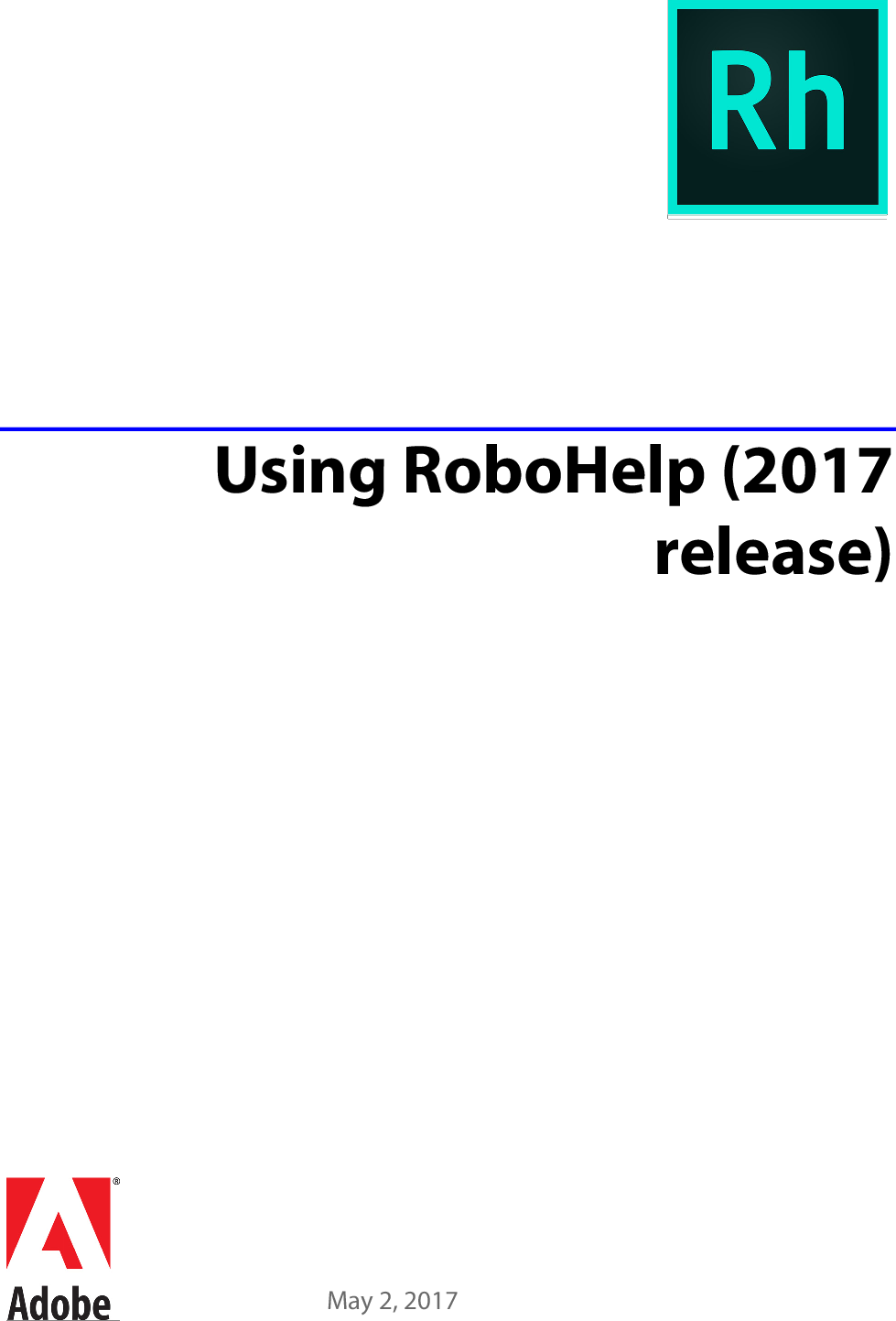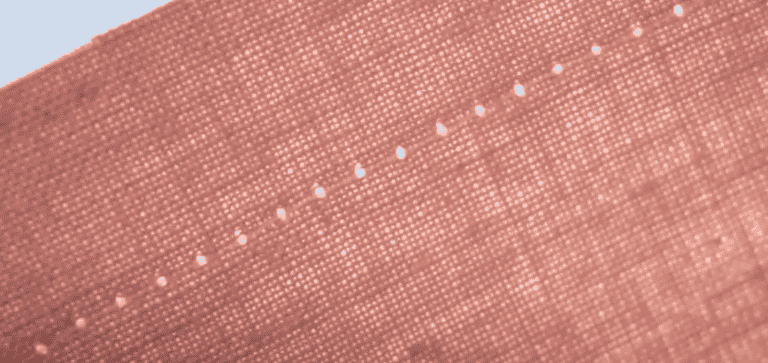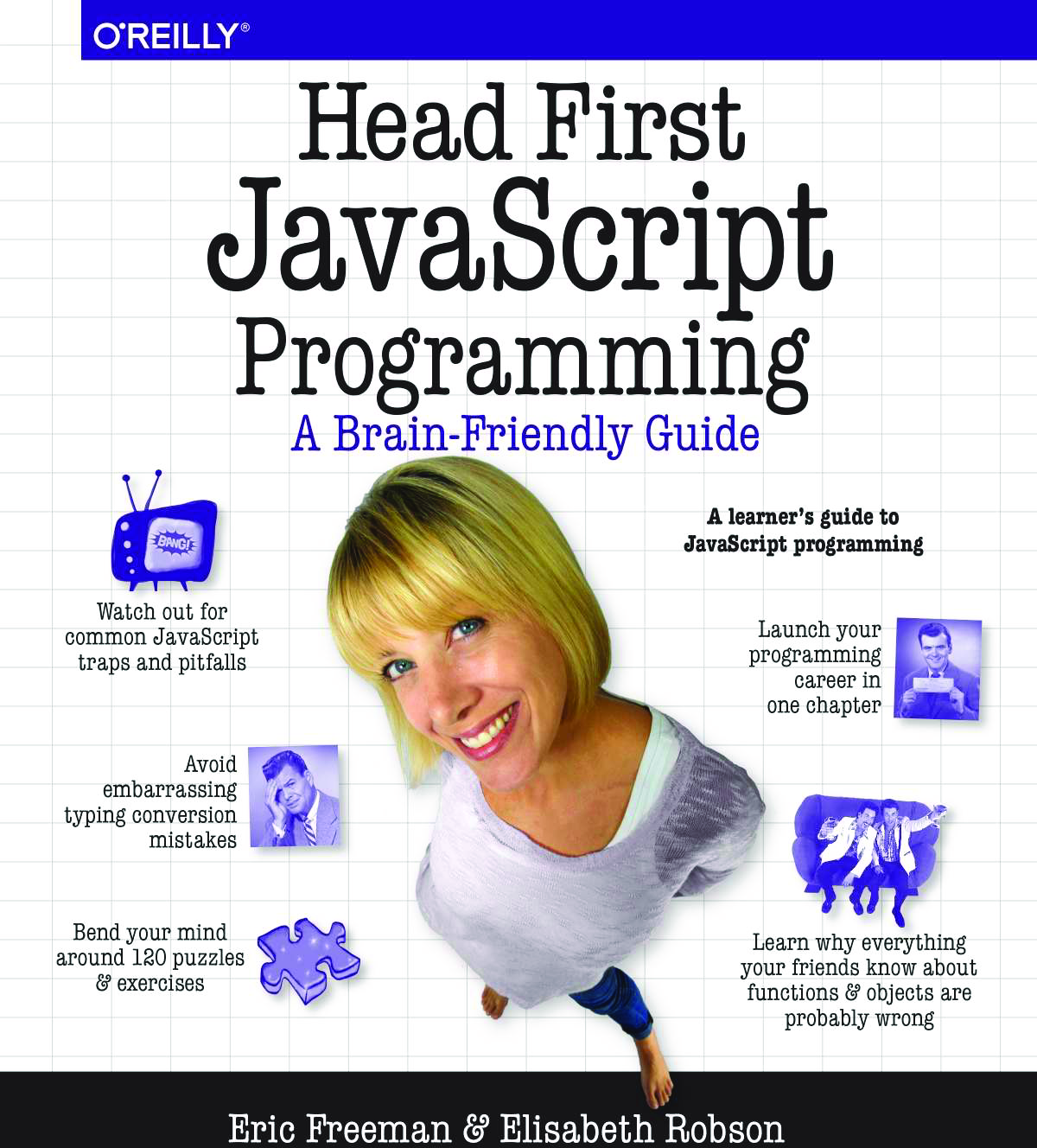If you locate a run-on sentence and find where the two independent clauses "collide," you can decide how best to separate the clauses. Fixing run-on sentences is very similar to fixing comma splices. You can make two complete sentences by inserting a period. You can use a semicolon between the two clauses if they are of equal importance; this allows your reader to consider the points together. You can use a semicolon with a transition word to indicate a specific relation between the two clauses; however, you should use this sparingly.
You can use a coordinating conjunction and a comma, and this also will indicate a relationship. Or, you can add a word to one clause to make it dependent. Once you discover where the two independent clauses are "spliced," there are several ways to separate them. You can use a coordinating conjunction following the comma, and this also will indicate a relationship.
A compound sentence contains two or more independent clauses linked by a coordinating conjunction. Independent clauses are those that can stand alone as complete sentences. The most common coordinating conjunctions are and, but, and or. In certain cases, nor, yet, so, and for act as coordinating conjunctions. For additional information on coordinating conjunctions, click HERE. See the note BELOW regarding the use of a comma between two independent clauses when the second independent clause begins with a parenthetical element or adverbial clause.
An independent clause is a unit of grammatical organization that includes both a subject and verb and can stand on its own as a sentence. In the previous example, "I went running" and "I saw a duck" are both independent clauses, and "and" is the coordinating conjunction that connects them. Truck drivers demanded overtime pay, and the defense conceded that the expression was ambiguous, but said it should be interpreted as exempting distribution activity from overtime pay. The district court agreed with the defense and held that "distribution" was an exempt activity. Contending that the coordinating conjunction is adequate separation, some writers will leave out the comma in a sentence with short, balanced independent clauses .
If there is ever any doubt, however, use the comma, as it is always correct in this situation. Similarly, you must insert a comma after "so" when you use it as a coordinating conjunction to combine two independent clauses into one sentence. The combination of two independent clauses with the help of so denotes a cause-and-effect relationship.
Does Because Always Need A Comma As you can see, both phrases make sense on their own, and can stand along as complete sentences. In this scenario, we have two independent clauses, therefore you must use a comma beforebut. To combine two complete sentences/ independent clauses, you have two options. You can use a comma with a conjunction, or you can use a semicolon.
If you use a comma and conjunction, the acronym FANBOYS will help you remember the conjunctions . If you use a semicolon, you do not have to capitalize the first letter of the next sentence. Coordinating conjunctions are conjunctions, or joining words, that are placed between words and phrases of equal importance. Used with coordinating conjunctions, commas allow writers to express how their complete thoughts relate to one another. They also help avoid the choppy, flat style that arises when every thought stands as a separate sentence. There are hundreds of grammar rules but the basics refer to sentence structure and parts of speech, including nouns, pronouns, verbs, adjectives, adverbs, prepositions and conjunctions.
Punctuation and grammar rules state that two independent clauses connected with a conjunctive adverb cannot be joined with only a comma. The semicolon is strong enough to hold them together, and the full stop of the period is powerful enough to break the clauses apart. As a conjunctive adverb, however is used to join two independent clauses to form a compound sentence. An independent clause is a clause that could stand alone as a complete sentence. The "however" introduces a contrast or opposition between two independent clauses.
Though not necessarily mechanical, the use of commas in lists is well established. In this usage, the comma separates a series of words, phrases, or independent clauses. I was taught that adding a comma before a conjunction that joins independent clauses is unbreakable law. I see this law broken all the time, especially in literature, and now in my young child's homework reading assignments. I think I inconvenienced a beloved author by adding in all the missing commas, and now I feel insufferably pompous and perhaps ignorant about this rule. You state above that the commas can be omitted if the sentence is clear even without them.
This was true in the case of the author whose work I read. As you may recall from above, an independent clause has a subject and a verb and can stand on its own as a sentence. Often, a coordinating conjunction will connect two independent clauses — like the word "but." Many writers forget to put a comma before the word as when one is needed (or they use a comma when they shouldn't). Writers tend to make this mistake when forming sentences in which as separates two independent clauses. A comma indicates a pause between the ending of an introductory word, phrase, or clause, and the beginning of the main part of the sentence.
The most common introductory word groups are clauses or phrases which function as adverbs, telling how, why, when, where, or under what conditions something happened. Other introductory elements may include prepositional phrases, adjective clauses or phrases, participial phrases, infinitive phrases, and transitional expressions. Another possibility is that a writer is punctuating by ear, relying on the old idea that you put a comma where you take a breath. Since but signals a disjunction, a writer might imagine a pause and insert a comma on that basis.
But punctuation is not determined solely by pauses heard in our mental ear. If pausing is the basis for the comma after but, we are dealing with a false underlying assumption leading to an error. Click on the commas for further explanation of the rules of comma usage being used. If your computer is equipped with PowerPoint, click on the PowerPoint icon to the right for a brief PowerPoint presentation on comma usage.
Use a comma to separate the elements in a series , including the last two. "He hit the ball, dropped the bat, and ran to first base." You may have learned that the comma before the "and" is unnecessary, which is fine if you're in control of things. However, there are situations when, if you don't use this comma , these last two items in the list will try to glom together . Using a comma between all the items in a series, including the last two, avoids this problem.
This last comma—the one between the word "and" and the preceding word—is often called the serial comma or the Oxford comma. In newspaper writing, incidentally, you will seldom find a serial comma, but that is not necessarily a sign that it should be omitted in academic prose. A comma is needed before "so" when it's acting as a conjunction to bring together two independent clauses. An independent clause is a complete thought with its own subject and predicate. In this situation, each clause is equal in weight, and neither clause is dependent on the other to make sense.
"Comma splice" is a term used for the linking of two independent clauses — that is, grammatical units that contain a subject and a verb and could stand alone as sentences — with a comma. When I started teaching at the University of Delaware some years ago, I was positively gobsmacked by the multitude of comma splices that confronted me. When these words join two independent clauses they are known as adverbial conjuncts because they are adverbs acting as conjunctions. If the word is restrictive, commas should not be used; if the word is nonrestrictive, commas are required. A simple sentence contains only one independent clause and no dependent clauses.
When a simple sentence contains a conjunction, you might be tempted to insert a comma before the conjunction, as you do with a compound sentence. With a simple sentence, however, the general rule is to omit the comma. Meanwhile, a comma after so is essentially inserted when it is used as a coordinating conjunction combining two independent clauses denoting a cause-and-effect relationship. In each of the examples above, the two parts of the sentence separated by the comma could stand as full sentences by themselves.
When a coordinating conjunction joins two independent clauses, a comma is used before the coordinating conjunction . A complex sentence contains an independent clause and one or more dependent clauses. A dependent clause, unlike an independent clause, cannot stand on its own as a complete sentence. The conjunctions and prepositions most commonly used to introduce a dependent clause include if, because, while, as, although, since, and unless. There's no comma here—because now there is only a single clause.
A rule of thumb is to check to see if there is a subject explicitly stated with each verb. If two or more verbs go with the same subject, you don't need a comma because you don't have multiple independent clauses. When joining two independent clauses, or clauses that could stand on their own as full sentences, place a comma before the conjunction.
If the second independent clause is very short, or if it is an imperative, the comma can be omitted. In casual writing and speech, people sometimes start a sentence with a coordinating conjunction. When a sentence begins with "so" , it's appropriate to include a comma. Semicolons (;) Semicolons are used to connect two independent clauses and to separate items in complex lists.
A compound sentence contains more than one independent clause. The clauses can be joined by a semicolon, a colon, or a coordinating conjunction . The comma functions as a tool to indicate to readers a certain separation of words, phrases, or ideas in order to prevent misreading the writer's intended meaning.
When a sentence is spoken aloud, a comma often represents a pause, which in verbal conversation functions to clarify meaning. The comma is used according to specific rules that relate to grammatical structures within the sentence. Consistency in the use of commas allows the reader to be assured of proper interpretation of the writer's intentions. Moreover, it's clear that when people want to use punctuation artistically, most of the time they strip it out . The writing flows through good choice of words, leaving out what other writers would choose to -embellish, and getting to the heart of their characters. As a reader, I don't read commas as pauses, so using them isn't going to work in the way you want them to work.
Writers can give readers information that limits or otherwise modifies a main idea that follows. To do so, writers can use introductory words or introductory phrases. These introductory elements can be one word or several. Common introductory elements include transition words and statements about time, place, manner, or condition.
Commas are necessary before a coordinating conjunction that separates two independent clauses. You should always have a comma before FANBOYS that join two independent clauses . Look carefully at the next two sentences to see two independent clauses separated by comma + FANBOYS. When you're writing a list of nouns, verbs, or any other part of speech, you'll need to include commas to separate them. In the above example, both independent clauses form their own complete thought.
You can rewrite a sentence with two independent clauses into two shorter sentences. In this example, the coordinating conjunction "but" combines two independent clauses. Each independent clause can produce its own sentence. So is a coordinating conjunction that serves to connect two independent clauses . Like the other FANBOYS conjunctions (for, and, nor, but, or & yet), so must follow a comma when it is used this way. When a verb immediately follows an introductory element, however, don't use a comma.
Such a case occurs if the introduction is serving as the subject of the sentence or if the sentence uses inverted word order. A comma is also sometimes optional after certain prepositional phrases. You can tell if you need a comma by whether you pause while reading the introductory element out loud. Finally, a comma is used to separate a participial phrase from an independent clause.
A participle is a verb ending in –ing that acts as an adjective. Participles are often used with the above introductory words, but they can also stand alone. To combine two independent clauses , use a semicolon or a comma and conjunction. (i.e., one with two independent clauses joined by the conjunction but), the rule for which is to insert a comma before the conjunction. A comma marks a slight break between different parts of a sentence. Used properly, commas make the meaning of sentences clear by grouping and separating words, phrases, and clauses.
Many people are uncertain about the use of commas, though, and often sprinkle them throughout their writing without knowing the basic rules. If the independent clauses are not joined by a conjunction, i.e., and, or, nor, but, etc., then the correct mark is the semicolon (;), see more under . Both clauses are independent and could stand on their own as complete sentences.
When they are joined in the same sentence, however, they must be connected with a comma and a coordinating conjunction. Non-defining clauses add more details about a noun in a sentence, but they're not essential. The sentence still makes sense when you remove them. Use commas to separate non-defining relative clauses from the rest of your sentence. When you're writing a simple sentence, you're using only one independent clause.
To join two closely related independent clauses that are not joined by a coordinating conjunction. We wish a hard-and-fast rule existed—such as, "Always use a comma with 'so' in a compound sentence." Instead, you'll need to do a lot of investigative work. You must determine the function of the word "so" in order to know whether to use a comma.
When the answer is "yes," place a comma before the word. When you have two complete sentences—with two subjects and two verbs—you need more than a comma to separate them. You must join them either with a comma and a conjunction or with a semicolon, or you can make them two separate sentences. Joining two complete sentences with a comma is called a comma splice. Note that if the two independent clauses are very short and there is no chance the separate thoughts will be confusing, the comma can be optional.


























